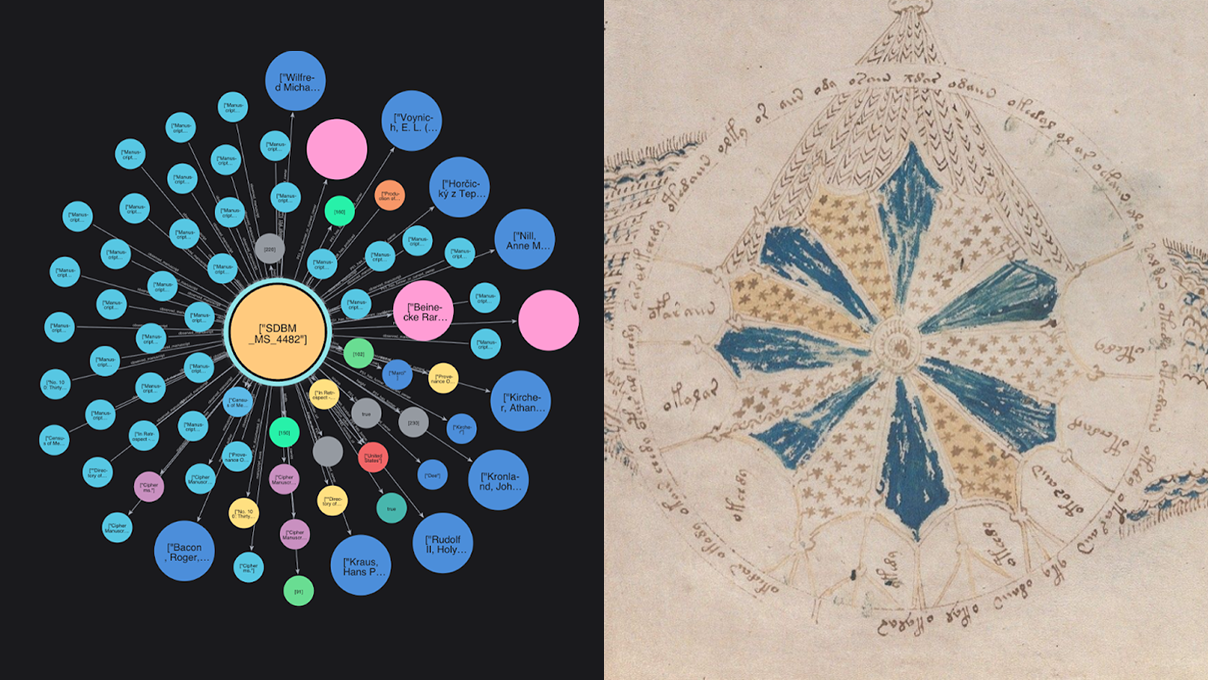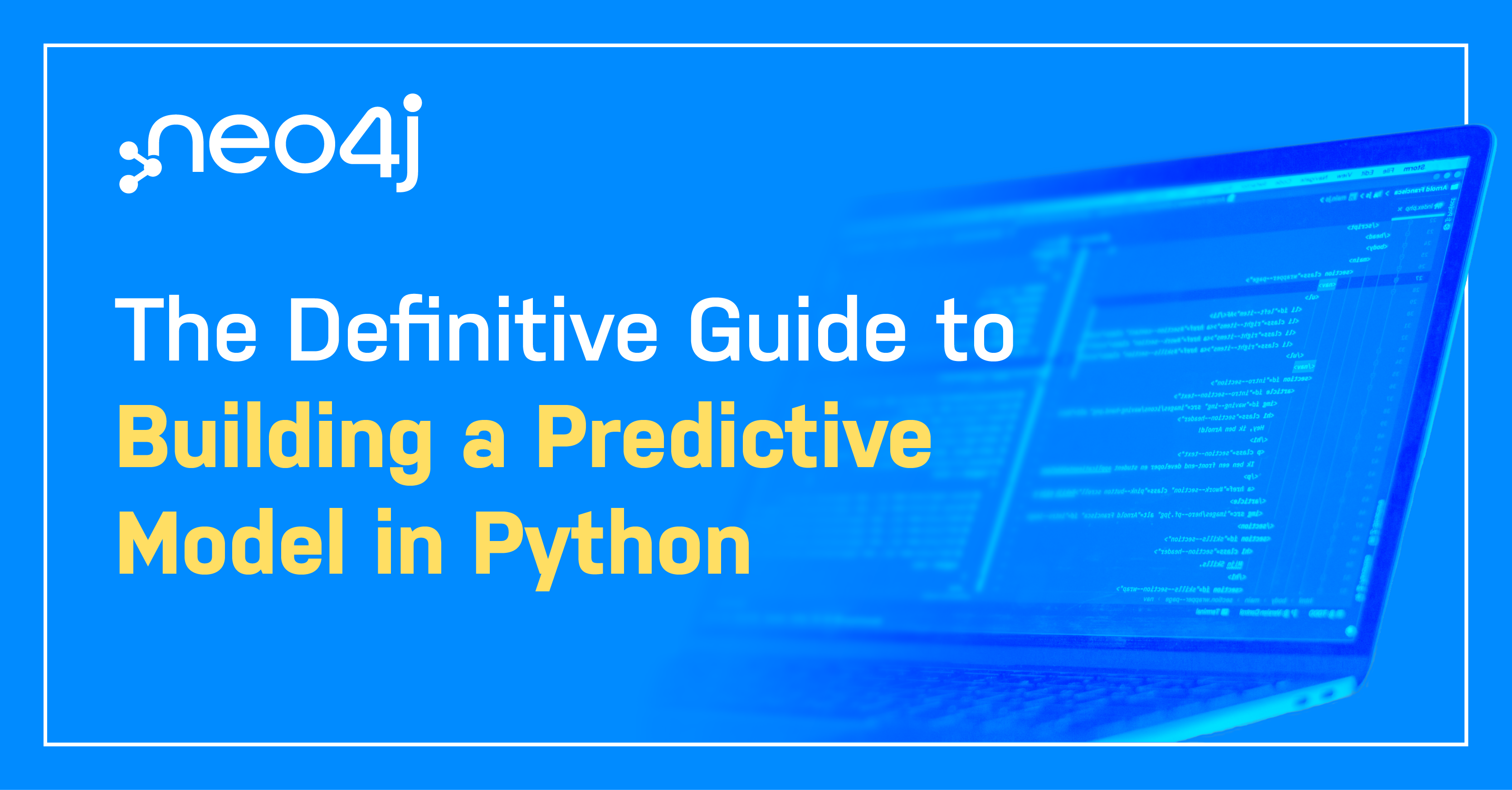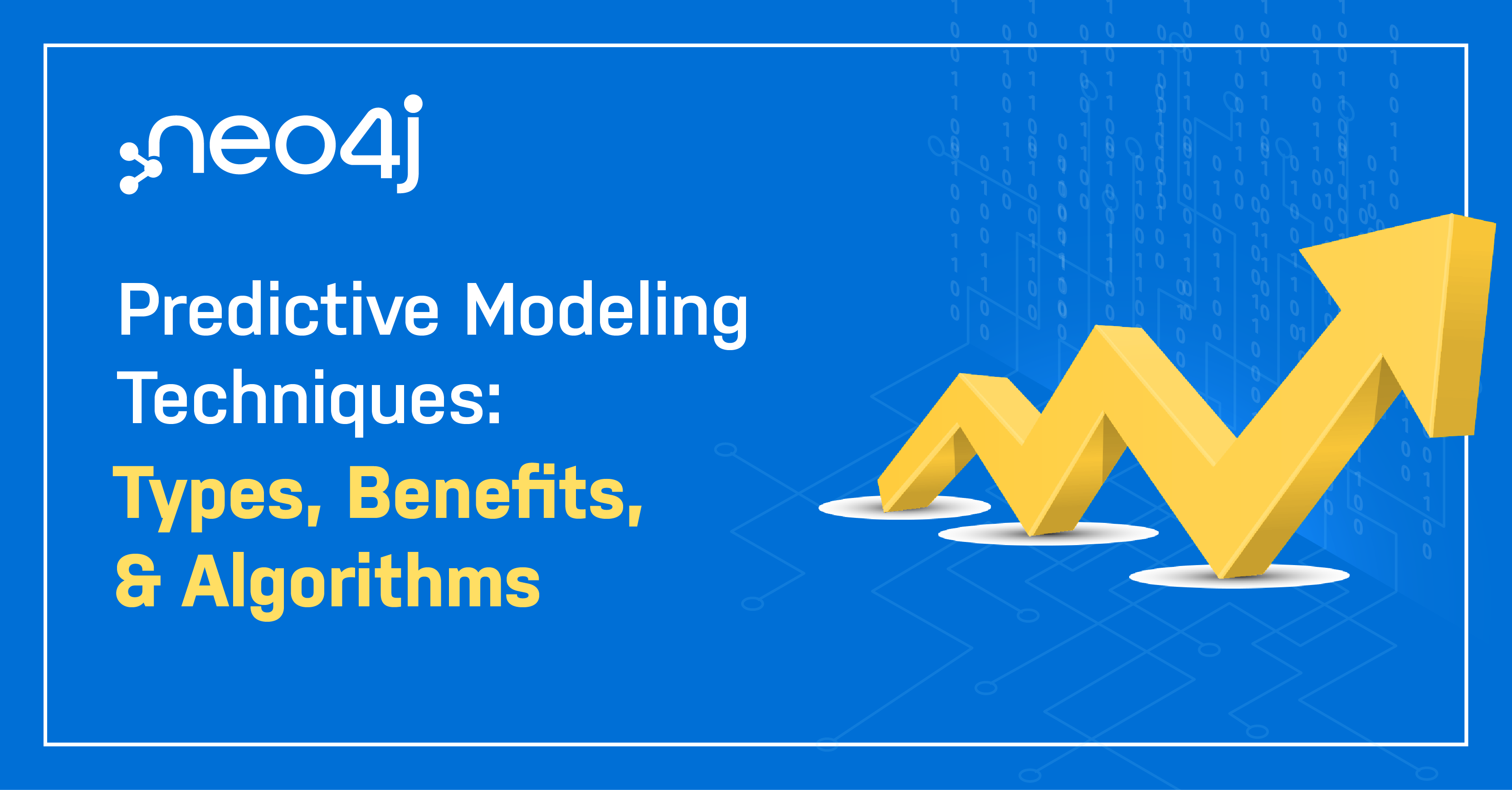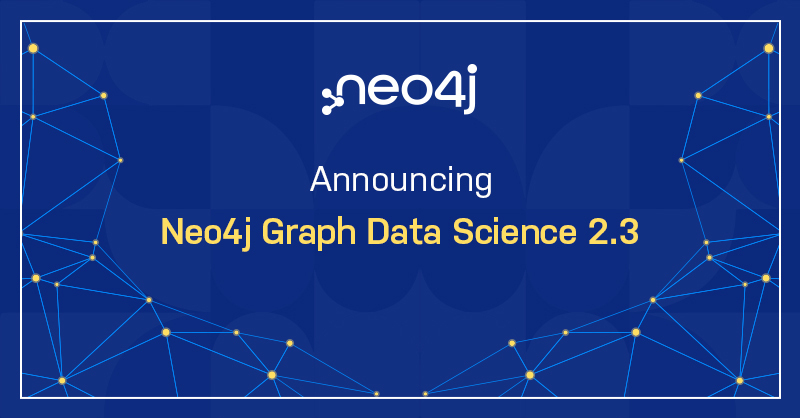

What Are the Different Types of Graph Algorithms & When to Use Them?
8 min read
Neo4j’s Vector Search: Unlocking Deeper Insights for AI-Powered Applications
3 min read
Knowledge Graph vs. Vector Database for Grounding Your LLM
3 min read
The Definitive Guide to Building a Predictive Model in Python
11 min read
Predictive Modeling Techniques: Types, Benefits & Algorithms
12 min read

Neo4j AuraDS Enterprise on Microsoft Azure (EAP): The Future of Graph Data Science
7 min read